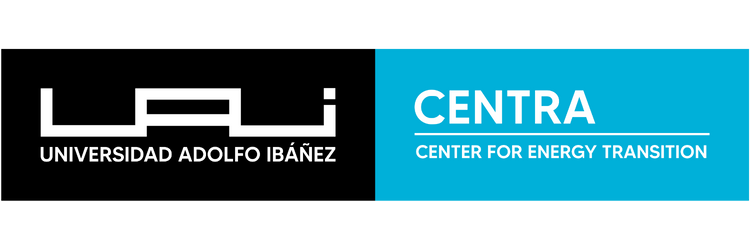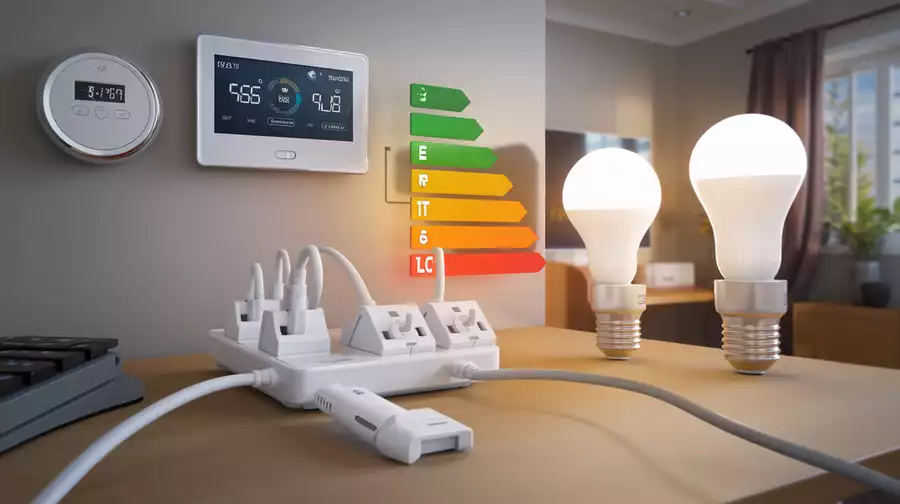The keys to reducing electricity consumption and saving on your electricity bill
Many have been surprised in recent months by high electricity bills , reflecting the rise in prices for this service following the 2019 rate freeze that remained in place until last year.
This is why it’s crucial not to waste this resource and to learn habits that can reduce electricity consumption and, consequently, your monthly bill.
For this, the head of the center at the Energy Transition Center (CENTRA) of the Faculty of Engineering and Sciences of the Adolfo Ibáñez University (UAI), José María Cruz, pointed toThe ThirdThe main keys to keep in mind when using energy in the home.
Which electrical appliances use the most energy?
According to the specialist, the electrical appliances that consume the most energy in Chilean homes are the refrigerator (approximately 20%), lighting (≈17%) and television (≈16%).
Likewise, standby power (the expense of leaving appliances plugged in) (≈10%), washing clothes (≈9%) and the kettle (≈7%) are no less important.
However, Cruz also warns that in homes where energy is the key factor in air conditioning, it can account for half of consumption, even reaching 70% in winter.
The main mistakes in the house
According to the expert, The most common mistake is choosing cheap but inefficient equipment.
“Conventional electric heaters—such as quartz, halogen, or oil-based heaters—convert electricity into heat at a 1:1 efficiency rate, skyrocketing energy costs as soon as they are turned on,” he explains.
Added to this are silent consumption, such as standby mode and improper use of the refrigerator—such as opening it frequently or storing hot food—as well as washing with a half load or using incandescent bulbs instead of LEDs.
Tips to reduce energy expenditure
Regarding everyday practices, the specialist recommended controlled ventilation in winter (for about 10 to 15 minutes), turning off standby devices, or using power strips with switches.
It’s also recommended to use cold water and full loads in the washing machine, and if possible, air-dry clothes instead of using a dryer.
Another idea is to install lighting with motion sensors in some areas of the home, such as hallways.
Investments to save
On another level, the specialist asserts that essential equipment can be optimized, such as switching to LED lighting and checking energy efficiency labels before purchasing an appliance.
A more profound change could be the replacement of some equipment, which over time can generate savings.
“Replacing resistance heaters with split-inverter air conditioners, opting for heat pump dryers instead of conventional models, or installing heat pumps for domestic hot water instead of traditional electric water heaters.”
As for structural changes, you can improve your home’s insulation by sealing doors and windows, improving ceilings and walls, or installing insulation on hot water pipes.
“These measures can reduce heating demand by up to 25%, maintaining heat longer and improving comfort,” Cruz added.
“With this set of actions—from daily habits to technological and structural improvements—a home can reduce its electricity consumption by 15% to 25%, improve comfort, and contribute to the energy transition,” the academic summarizes.

